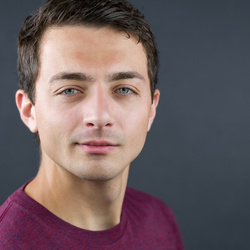Lighting is the backbone of any great photograph. It’s not just about having enough light; it’s about mastering how light interacts with your subject and your scene.
Coming to you from Mark Behrens and Steve Batz with Westcott Lighting, this insightful video breaks down the essentials of flash photography. The video emphasizes three core reasons to use flash: it adds color, improves contrast, and enhances sharpness. These elements are crucial when you want your images to stand out, especially in less-than-ideal lighting situations. Flash gives you control over where the light comes from, allowing you to fine-tune the mood and texture of your photos. For instance, sharper images are possible because flash lets you use faster shutter speeds, reducing motion blur and making your photos crisper.
The video also covers five key components of flash photography such as shutter speed and its relationship with ambient light. Shutter speed determines how long your camera’s sensor is exposed to light, but it’s not the primary factor in controlling your subject’s exposure when using flash. Instead, it’s all about balancing the ambient light with the flash to achieve the desired look. The video explains how different shutter speeds can either brighten or darken your background, independent of your subject’s exposure, giving you more creative control.
The video then touches on other critical components like ISO, aperture, flash power, and flash-to-subject distance. Each of these factors gives you additional tools to manipulate your lighting setup. For example, increasing ISO can brighten both your subject and background, and modern cameras handle high-ISO settings with minimal noise, so don’t be afraid to adjust it as needed. Flash power, on the other hand, directly affects the intensity of the light on your subject, and adjusting the distance between your flash and subject can drastically change the light’s quality and intensity. These adjustments allow you to fine-tune your lighting without changing your camera settings, providing flexibility and precision. Check out the video above for the full rundown from Behrens and Batz.
If you would like to continue learning about how to light a portrait, be sure to check out "Illuminating The Face: Lighting for Headshots and Portraits With Peter Hurley!"







This is such a great video that covers so many topics. It's pretty impressive to create something so thorough in less than 30 mins while changing scenes. Kudos to the Westcott team for producing this!